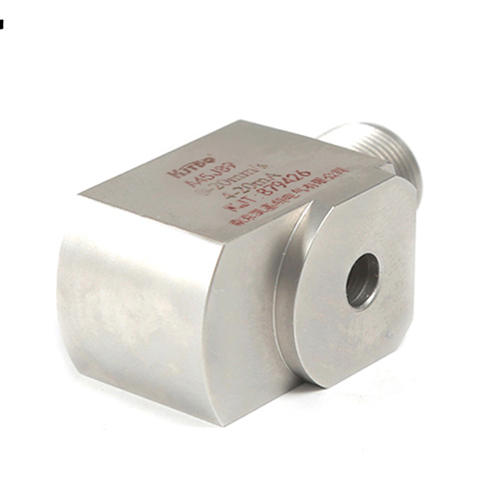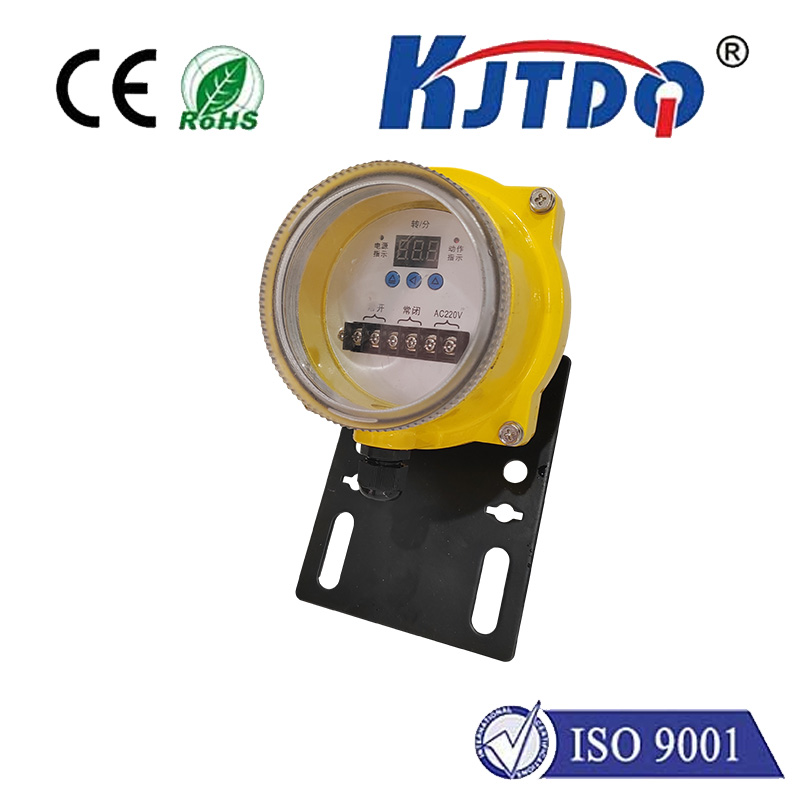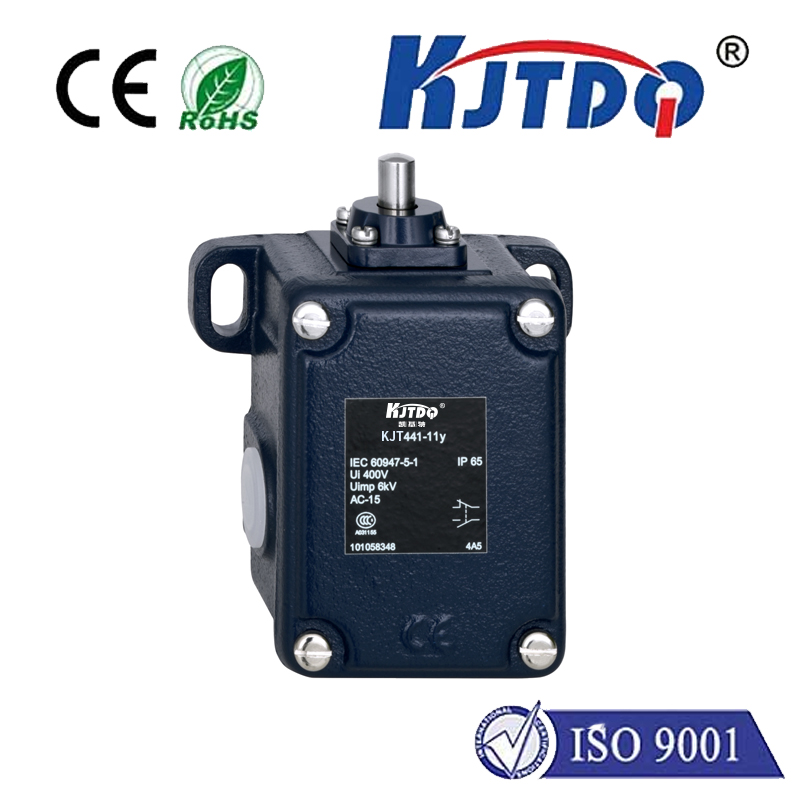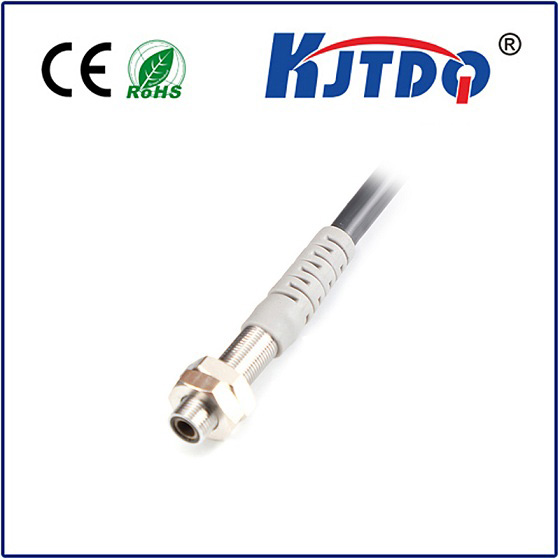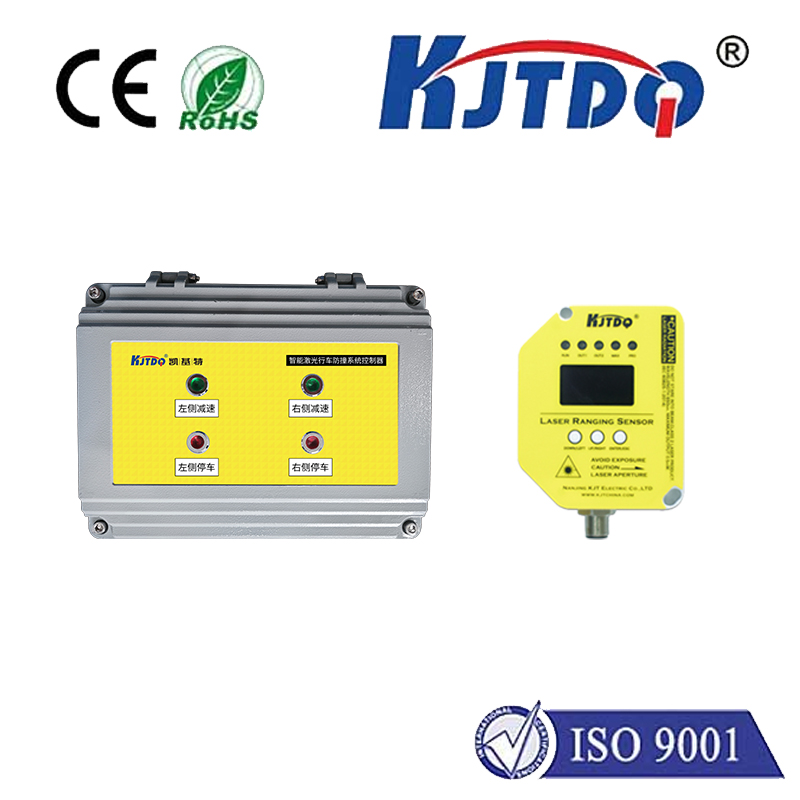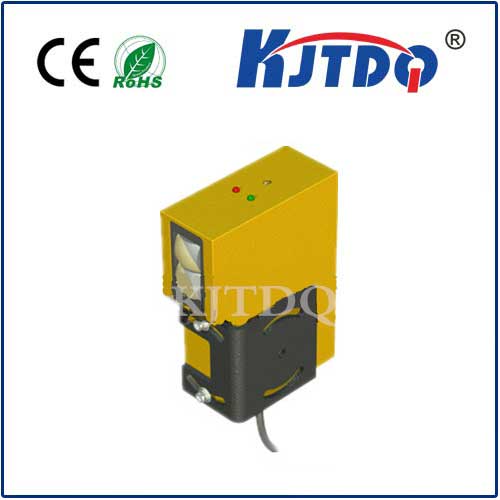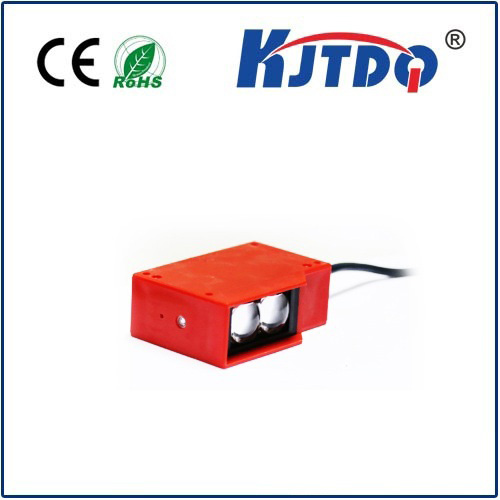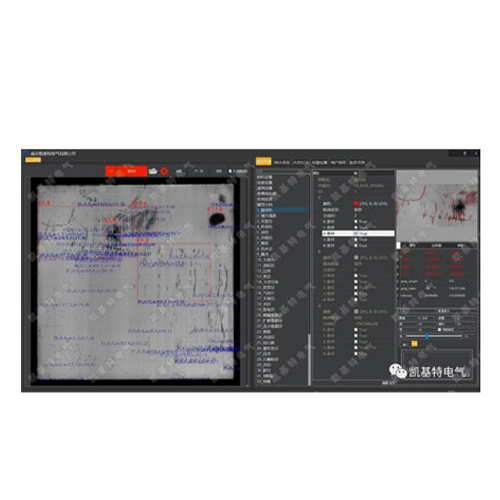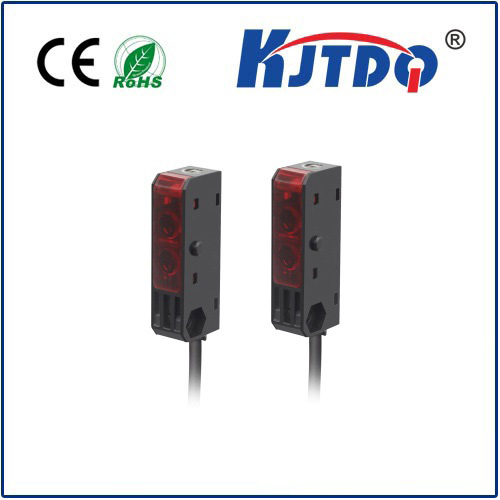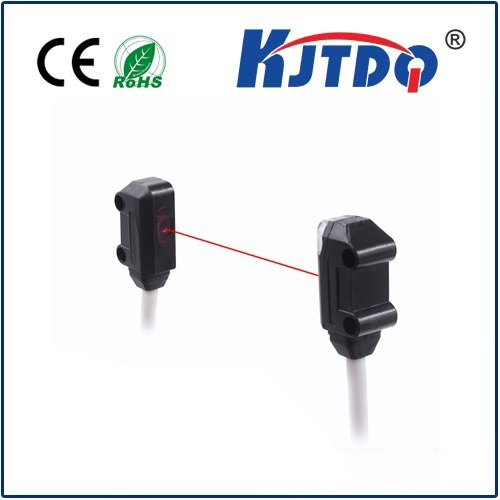

check

check

check

check

check

check

check

check

check

check
A ter limit switch, often referred to as a limit switch, is an essential component in industrial automation systems. It's a type of sensor that detects the presence or absence of an object, mechanical motion, or part of a machine. By providing accurate feedback, it helps in controlling and monitoring various processes.
These devices are widely used across industries ranging from manufacturing to robotics, packaging machines, conveying systems, and many more. For instance, in assembly lines, they ensure that products move from one point to another at the right time and place. In robotic arms, they provide critical information about the position and orientation of the robot's end effector or gripper.

The working principle of a limit switch is simple yet effective. The switch consists of an actuator and a set of electrical contacts. When the actuator gets physically moved by an object or a part of a machine, it triggers the electrical contacts which then send a signal to the control system. This signal can be used for different purposes such as stopping a motor from overrunning its limits, signaling an alarm, or triggering another action.
There are two main types of limit switches: normally open and normally closed. A normally open limit switch completes the circuit when the actuator is triggered, while a normally closed one breaks the circuit. These configurations allow for flexibility in how these switches are used in different applications.
In terms of their construction, limit switches can be made from various materials depending on the application. Some common ones include stainless steel, plastic, or brass. They also come with different types of actuators like roller levers, plungers, or wobble mechanisms which make them suitable for different operating forces and angles.
Despite their simplicity, these devices play a pivotal role in ensuring the smooth operation and safety of many industrial processes. Their reliability, durability, and ease of integration have made them an indispensable part of modern industrial automation.
In conclusion, the ter limit switch is a testament to the power of simple yet effective designs in solving complex engineering problems. With its ability to provide precise feedback and control over machinery and equipment, it continues to be a fundamental component in the world of automation and manufacturing.
